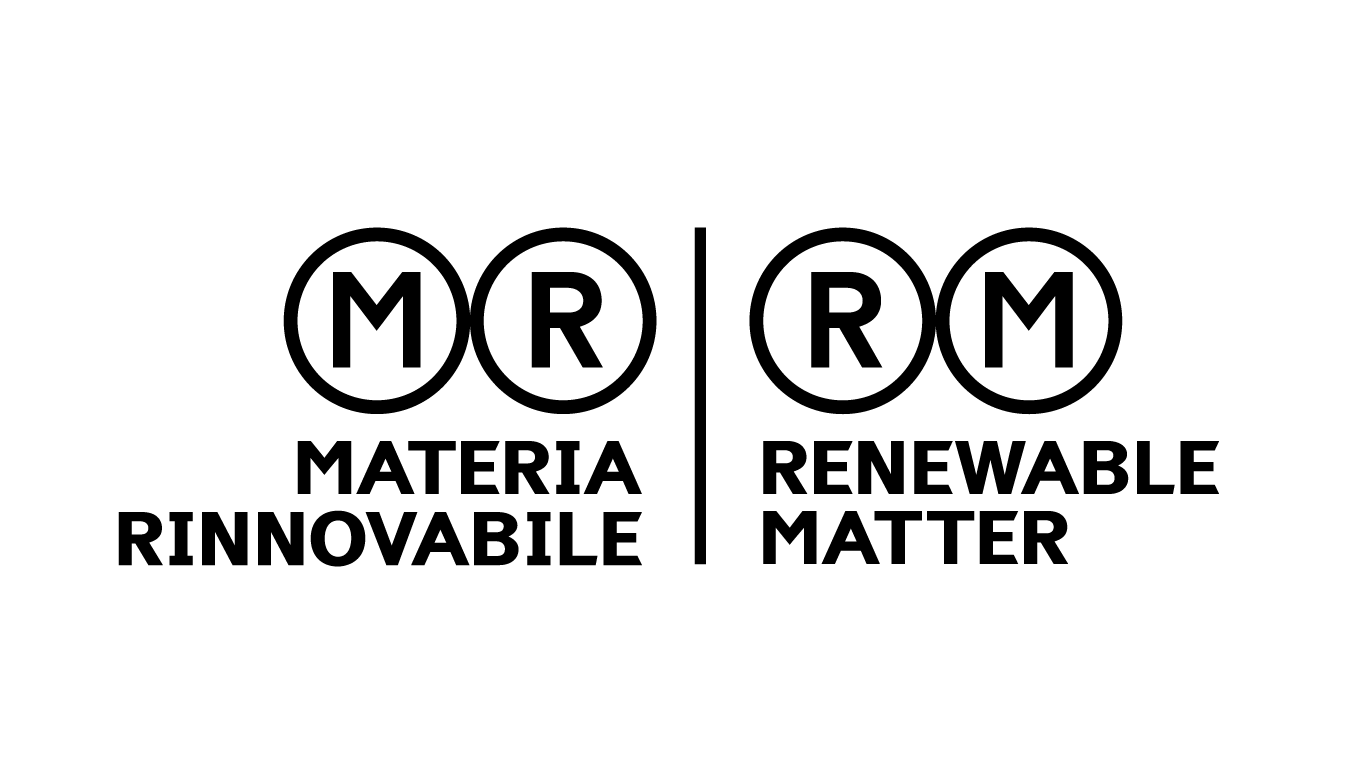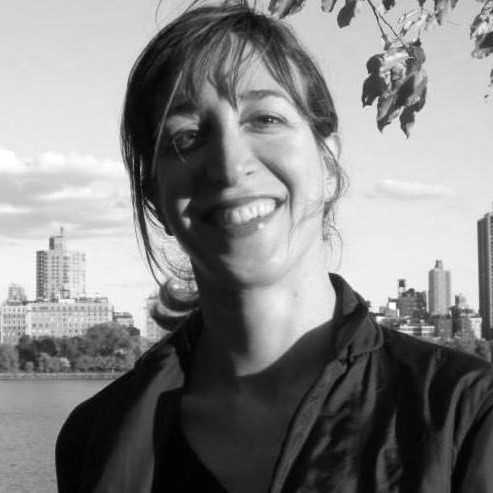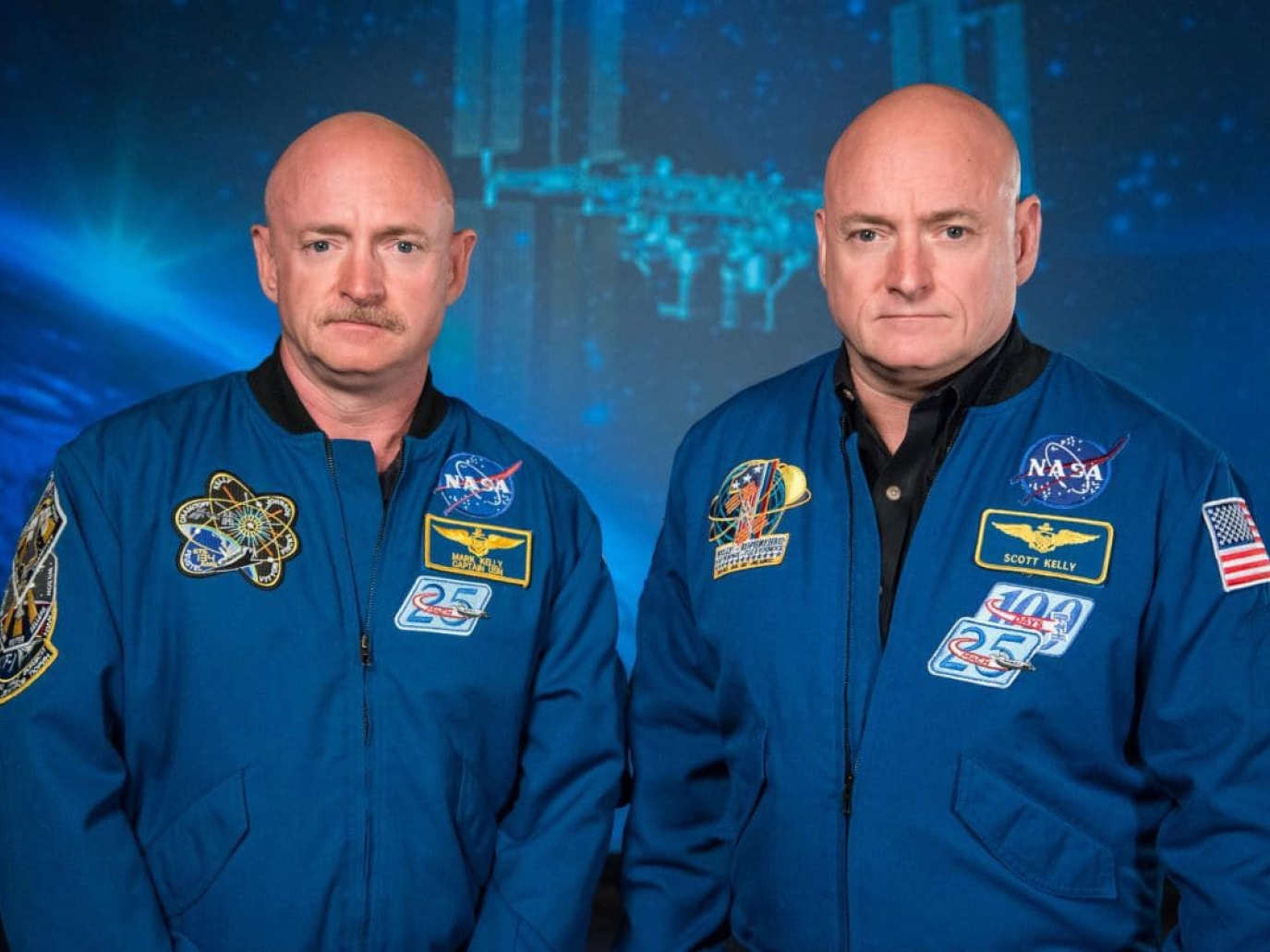This article is also available in Italian / Questo articolo è disponibile anche in italiano
Scott and Mark Kelly are monozygotic twins, identical in their DNA, and with a remarkably similar life path, because they are both NASA astronauts. For this reason, the American space agency chose them for the so-called Twins Study: in 2015, Scott took off for a mission on the ISS (International Space Station) that lasted almost a year, while Mark remained on Earth. Scientists were therefore able to compare the effects of a long stay in orbit on the human body.
The result? “You undergo significant physiological and molecular changes as a consequence of the highly stressful conditions experienced during a space mission, but most of these are reversible upon re-entry or within a short period of time,” Christopher E. Mason, WorldQuant Professor of Computational Genomics and Biomedicine in the Department of Physiology and Biophysics at New York's Weill Cornell Medicine Institute, who participated directly in the study, tells Renewable Matter. For example, while most cognitive measurements were stable, Scott Kelly reported a reduction in speed and accuracy of cognitive performance during some tests up to six months after the flight, compared to his brother Mark.
“The study then revealed a second piece of evidence regarding genetic changes. Specifically, the length of telomeres, the elements that protect the ends of chromosomes from degradation and which shorten with age: Scott's telomeres underwent an unusual lengthening, only to return to normal once he returned to Earth.”
The three factors in an extreme challenge
Before and after the Twins Study, a lot of research has been done and just as much is in progress: space fascinates humanity, but living in it, even for just a few months, is an extreme challenge for our organism. For this dream to become more tangible, it is necessary to understand how the body and mind react to physical and environmental conditions that are radically different from those on Earth. These discoveries could also be helpful in treating illnesses and living better on Earth.
In particular, three factors must be considered. First of all, isolation and its profound psychological implications: on a mission to Mars, for example, real-time conversation is impossible. Communication with Earth is delayed by twenty minutes, meaning that astronauts must be completely autonomous, ready to act even in an emergency, and able to live together for long periods in groups of a few people in small spaces.
The other two main concerns are outlined in the study Brains in space: impact of microgravity and cosmic radiation on the CNS during space exploration, a joint effort of the GSI Helmholtz Centre for Heavy Ion Research and the University of Antwerp, the results of which were published in Nature Reviews Neuroscience in June 2025.
“Exposure to microgravity results in the displacement of body fluids, which, no longer drawn downwards, accumulate in the upper part of the body: organs in turn also move, the brain expands, pressure increases, and other specific effects such as SANS, or Space Flight Associated Neuro-ocular Syndrome, may occur. In addition, in the absence of weight, muscles atrophy, and the presence of calcium in the bones decreases,” Marco Durante, Biophysics Department Director at the GSI, who followed especially the study of the third factor, namely the effects of cosmic radiation, explains to Renewable Matter. “They are very different from those on Earth, which basically consist of gamma rays. In space, instead, we have very high-energy heavy ions, such as iron, which, even at very low doses, seem to have significant effects on the brain, an organ that is very resistant to cancer radiotherapy.”
Research in this field currently involves a considerable degree of uncertainty, given that all data on the risk of space radiation come from experiments on rodents. “Moreover, even in the event of effects being detected on astronauts returning from space, it must be remembered that these flights take place in Low Earth Orbit (LEO), which reaches an altitude of up to 250 kilometres and is relatively protected. In contrast, exposure would be much more intense on a trip to Mars or the Moon.”
Prevention and medicine of the future
Spending time in orbit, particularly microgravity, seems to accelerate ageing-like processes. Loss of bone mass, reduction of muscle strength, alteration of cognitive functions – everything happens faster. “Identifying countermeasures for space,” explains Marco Durante, “means, in many cases, devising preventive strategies for ageing, first of all physical activity: astronauts on the ISS devote two hours of exercise every day to decelerate these effects.” The approach towards the brain is more sophisticated: “From our experiments, the brain has demonstrated a very strong plasticity and adaptability, and this is what we hope the whole human organism will be able to do in a future where we will actually be living in space.”
What kind of protective countermeasures should be taken? The scientific community is working on it: “First of all,” continues Durante, “we are considering engineering solutions, such as shielding. The problem is that cosmic radiation is so energetic that these would have to be massive, impossible to install, at least on spacecrafts. The alternative would be to design active shields, as opposed to the previous ones, which are considered passive: this would involve creating very powerful magnetic fields, capable of counteracting cosmic radiation, but for now, this is the realm of futuristic engineering.” Third hypothesis: on the Moon, as well as on Mars, large, deep caves have been found that would act as natural shielding, but this would result in a decidedly lower quality of life. Other solutions? Radioprotective drugs (“but those identified so far have serious toxic effects”), or futuristic systems such as selecting the genes responsible for radiosensitivity.
“The progress of these studies could have positive consequences for cancer treatment on Earth, as it could lead to increasingly targeted radiotherapy, with a view to personalised medicine. Hibernation, or rather synthetic torpor, which has been put forward as a possible solution for long journeys to Mars, could also open up scenarios in the field of oncology”, because “when the body goes into hibernation, the tumour stops and that could be the ideal time for irradiation,” Durante points out.
Treatment of diseases, but also increasingly rapid, simple, and reliable diagnosis. “Thanks to space medicine, miniaturised and portable diagnostic technologies could be developed, which could have a direct impact on Earth, particularly in rural areas, developing countries, humanitarian contexts, and emergencies, all situations that have limited access to healthcare,” explains Christopher Mason.
Adapting to extreme conditions (including climatic ones)
Finally, space medicine research could also find application in the adaptation of the human body to extreme conditions. “There are physiological similarities between those who live in orbit and those who face extreme exertion, such as marathon runners or high-altitude mountaineers,” Mason adds. Again, oxidative stress, metabolic alterations, inflammatory response, and early signs of ageing can further our understanding of how the body reacts and adapts. This may help to develop specific pharmacological, nutritional, and behavioural strategies to protect people from extreme conditions, including climatic conditions.
“In this regard, we are studying extremophilic organisms, capable of withstanding long periods without water, surviving even desiccation, or very strong exposure to radiation,” Durante recounts. “Basically, the gene chains that make them so resilient are the same as those found in humans. Looking to the future, we too could perhaps become super-resistant by activating these genes through existing genome manipulation techniques, such as CRISPR/Cas9, for which Jennifer Doudna and Emmanuelle Charpentier won the 2020 Nobel Prize in Chemistry.”
In short, perspectives, visions, dreams, perhaps. But science also proceeds by enlightenment. And so Mason, in his book The Next 500 Years, proposes a 500-year plan to re-engineer organisms to enable our species to survive on other planets and in other solar systems. Because it is not enough to get to Mars: we must also be able to thrive and think clearly once we are there.
DOWLOAD AND READ ISSUE #57 OF RENEWABLE MATTER: HUMAN TECH
Cover: © NASA



